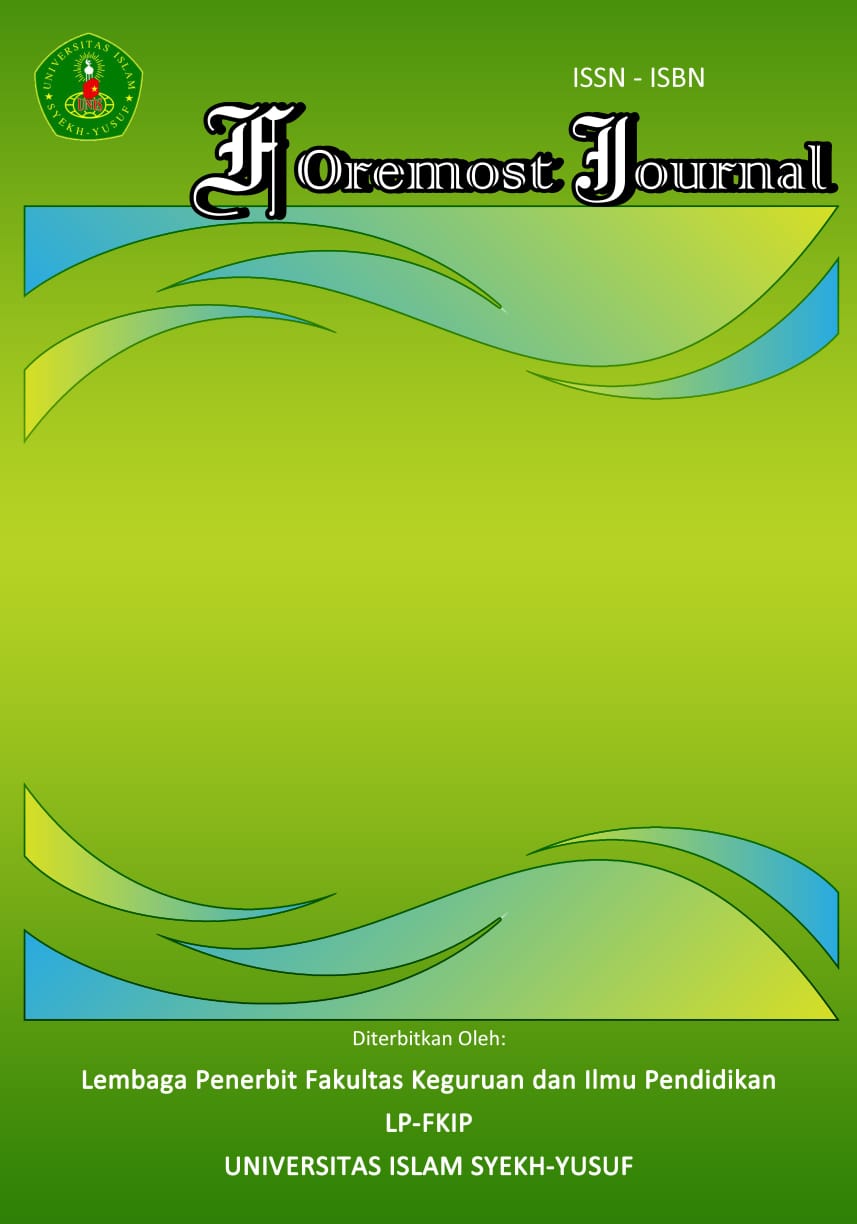The Prominence of Psychosocial of Dysthymia Sufferers in Colleen Hoover's Novel Regretting You
DOI:
https://doi.org/10.33592/foremost.v5i1.4599Keywords:
Colleen Hoover, Dysthymia, Psychosocial, Regretting YouAbstract
This article examines the psychosocial of dysthymia sufferers in Colleen Hoover’s Regretting You. The novel follows the story of a mother and daughter, Morgan and Clara, who lose their family members because of an accident that causes them to suffer dysthymia. This article investigates Morgan and Clara’s psychosocial of their dysthymia through their grieving over a family member’s death. Dysthymia is a type of chronic mood disorder characterized by long-term depressive symptoms that are less severe than those of major depression but persist for an extended period. Then, how is the psychosocial of dysthymia sufferers represented in Colleen Hoover’s Regretting You? The researchers took the data of this analysis by reading the novels thoroughly, approaching the analysis from Morgan and Clara's perspective, compiling a list of dialogues and narratives, and categorizing the collected data into specific themes. Using a qualitative method, the researchers in this analysis underline the comparison of psychosocial between Morgan and Clara illustrated in the novel. In conclusion, Morgan and Clara's experience of dysthymia during the loss of family members enriches their psychosocial changes in a mother-daughter relationship. The article highlights the prominence of psychosocial aspects through Morgan and Clara’s dysthymia based on the novel.
Downloads
Published
How to Cite
Issue
Section
License
Copyright (c) 2024 Foremost Journal (Foreign Language Models, Studies, and Research Publication)

This work is licensed under a Creative Commons Attribution-NonCommercial-ShareAlike 4.0 International License.
- Authors certify that the work reported here has not been published before and contains no materials the publication of which would violate any copyright or other personal or proprietary right of any person or entity.
- Authors transfer or license the copyright of publishing to Foremost Journal to publish the article in any media format, to share, to disseminate, to index, and to maximize the impact of the article in any databases.
- Authors hereby agree to transfer a copyright for publishing to Foremost Journal a Publisher of the manuscript.
- Authors reserve the following:
- all proprietary rights other than copyright such as patent rights;
- the right to use all or part of this article in future works of our own such as in books and lectures;
- use for presentation in a meeting or conference and distributing copies to attendees;
- use for internal training by author's company;
- distribution to colleagues for their research use;
- use in a subsequent compilation of the author's works;
- inclusion in a thesis or dissertation;
- reuse of portions or extracts from the article in other works (with full acknowledgement of final article);
- preparation of derivative works (other than commercial purposes) (with full acknowledgement of final article); and
- voluntary posting on open web sites operated by author or author’s institution for scholarly purposes, but it should follow the open access license of Creative Common CC BY-NC-SA License.



